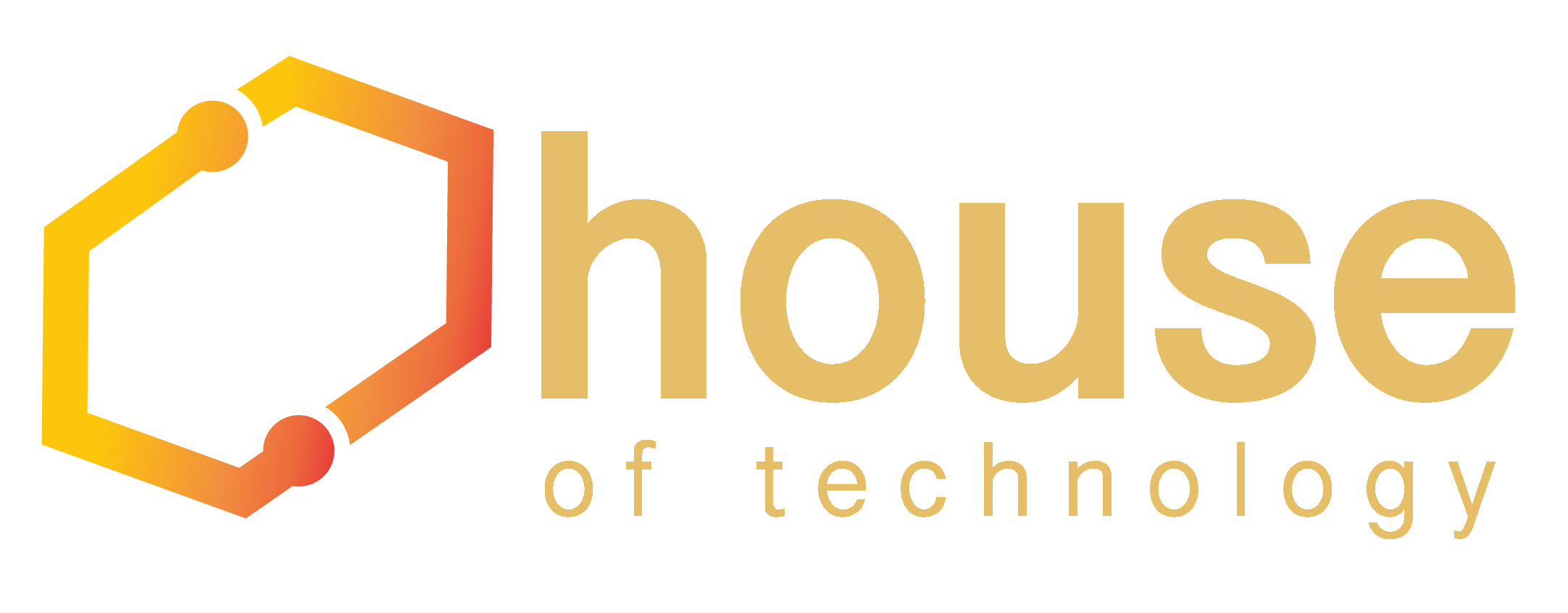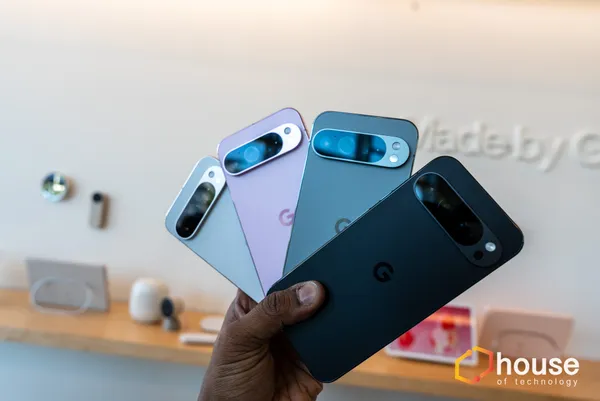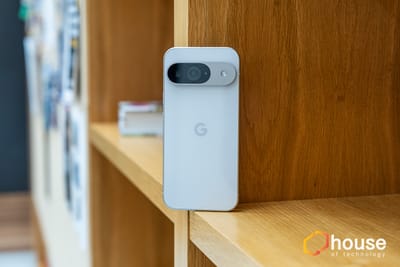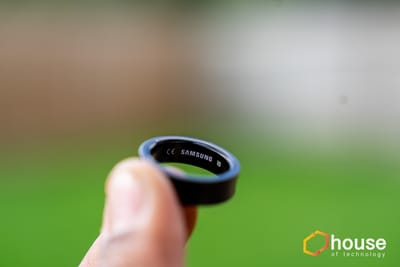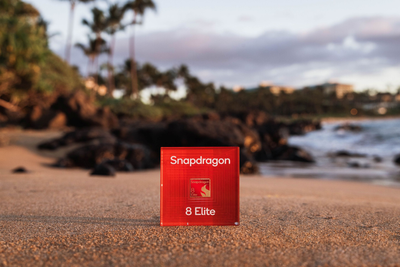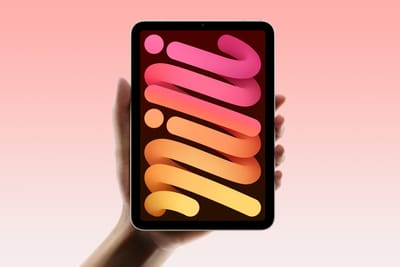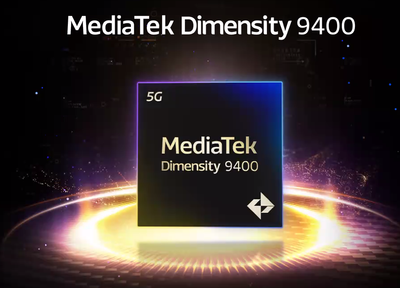I confess: I've never been a huge Google Pixel fan. I've found that Google phones miss the mark in ways my Samsung phone didn't. That changed last week: Google unveiled seven New products, proving that specs don't make a great product; the user experience does.
Usability was key to all the features announced at the Google event, and I'm a convert. The features unveiled on stage — and how they've been integrated into the Pixel experience — are all designed to make the products more usable and the user experience more friendly.
These are the first products of Google’s Gemini Era. Here’s why that’s super exciting!
Impact by House of Tech is a reader-supported publication. To receive new posts and support my work, consider becoming a free or paid subscriber.
New phones that fix almost all the problems
Little fixes and tweaks have a big impact
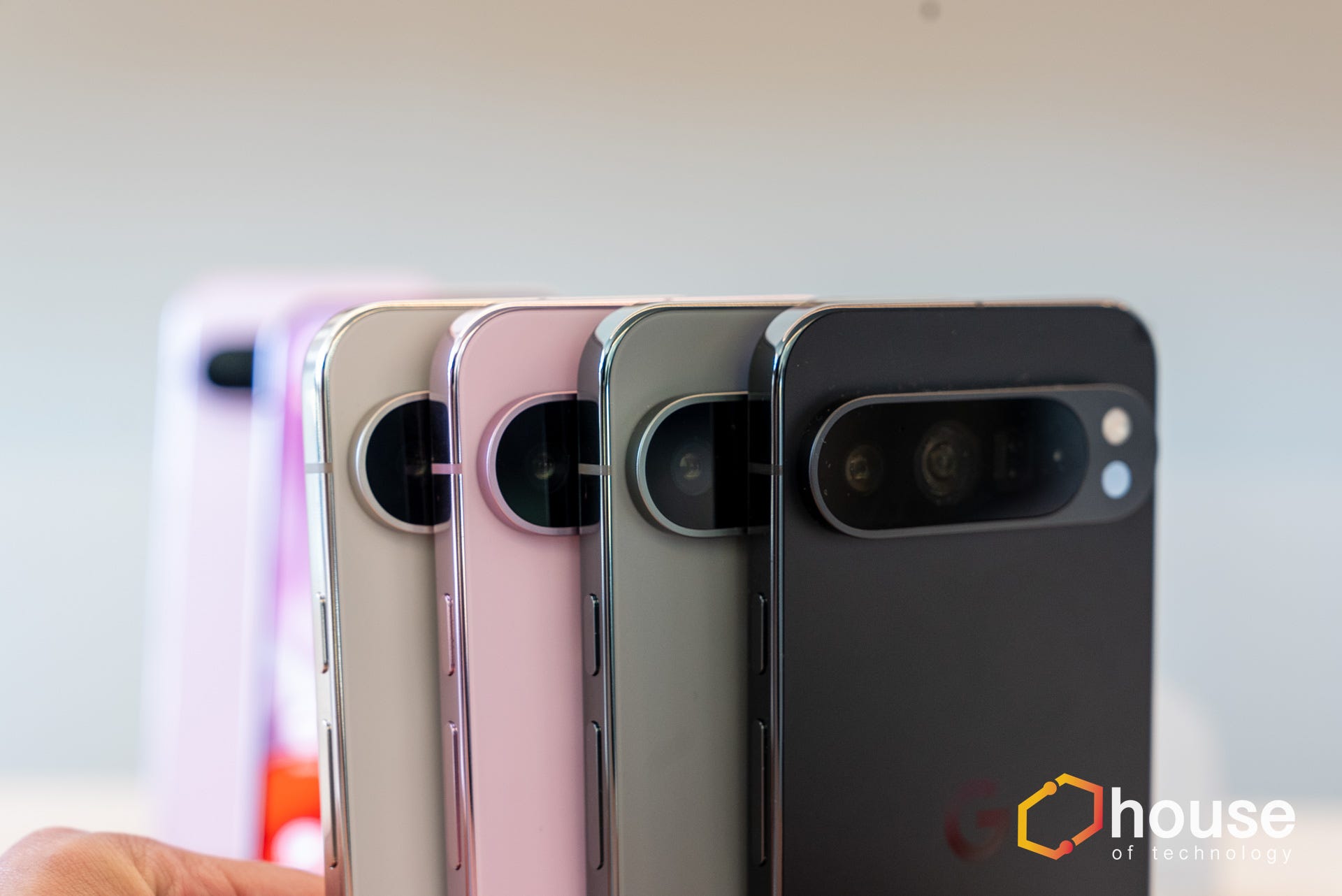
Most tech creators — regardless of platform and medium — complain about Google's Tensor processor, and for good reason: the G2 and G3 are not the best processors, and with no radical overhaul of the underlying architecture, the Tensor G4 is probably going to be more of the same. Except for little tweaks like increasing the RAM — to 12GB in the regular Pixel 9 and 16GB in the 9 Pro, 9 Pro XL, and 9 Pro Fold — tweaking the hardware design, and building a snappy interface that's intuitive means it all feels far faster and smoother. The G4 won't win awards for its overall performance, but the phones it powers will do.
This trend continues throughout the phone portfolio. Want a 6.3-inch regular-sized phone? You can go for the Pixel 9 or the Pixel 9 Pro. There are differences in the experience and the price, but you can get two different experiences with two different screen sizes. Fundamentally, however, both phones share the same core Pixel DNA.
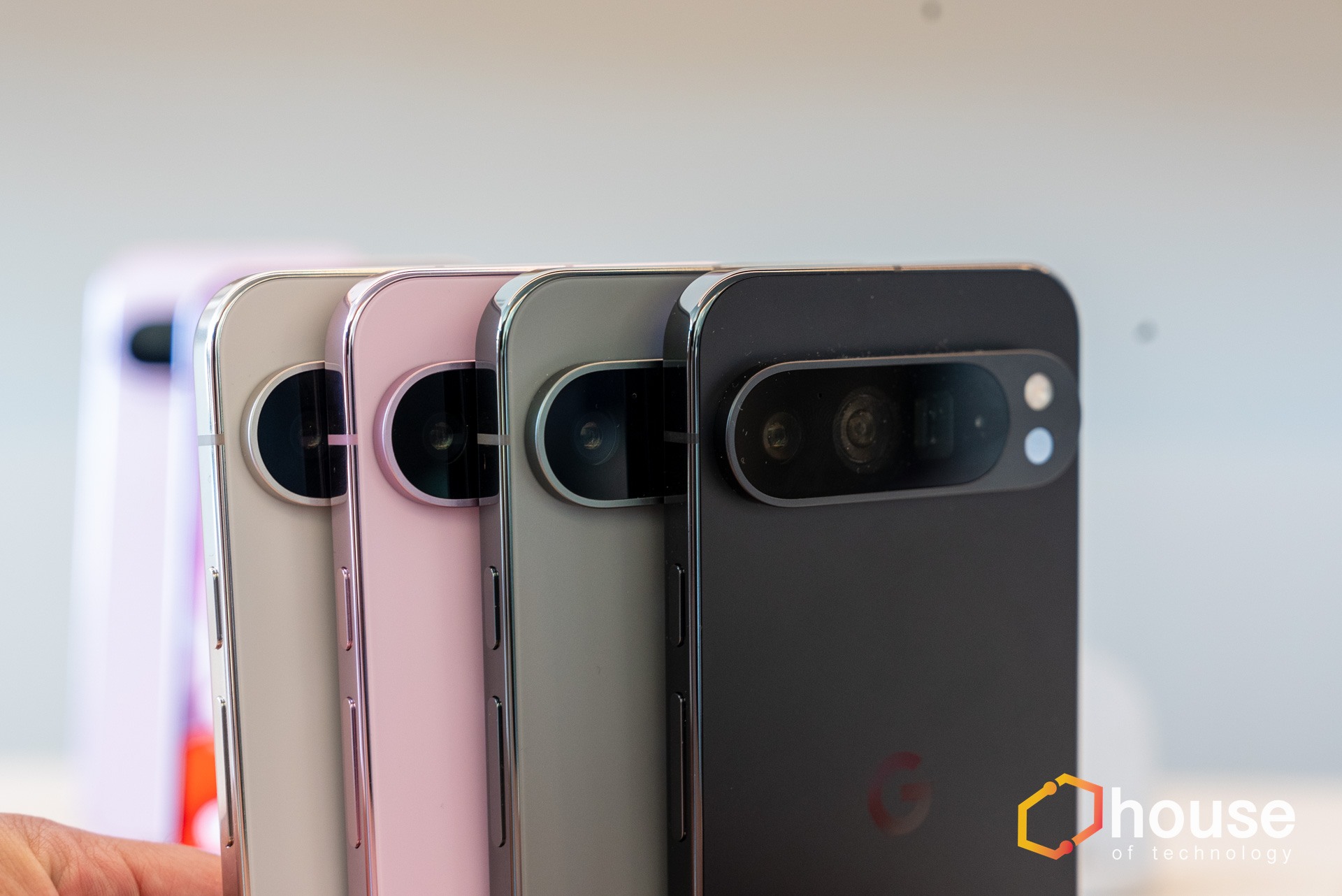

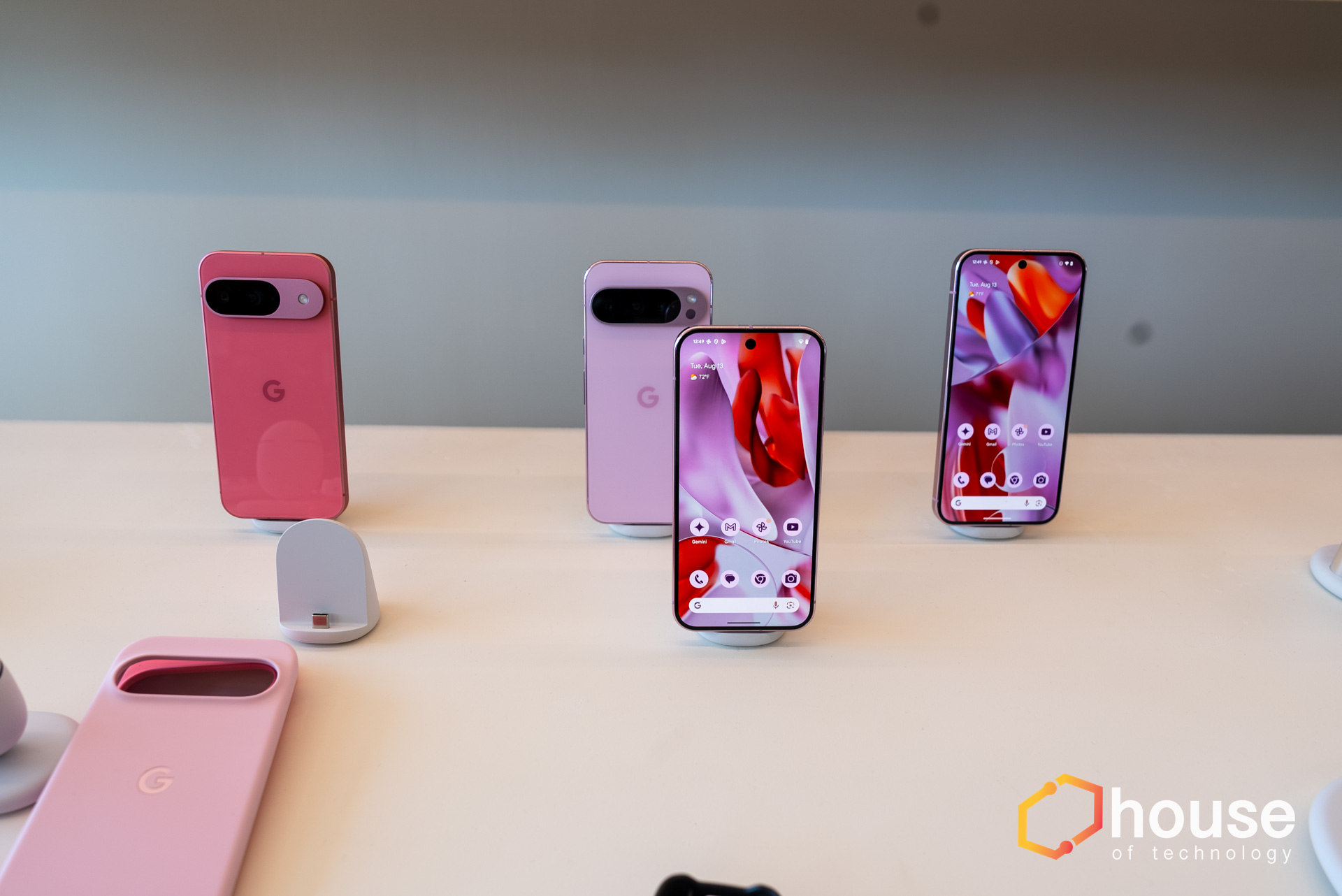
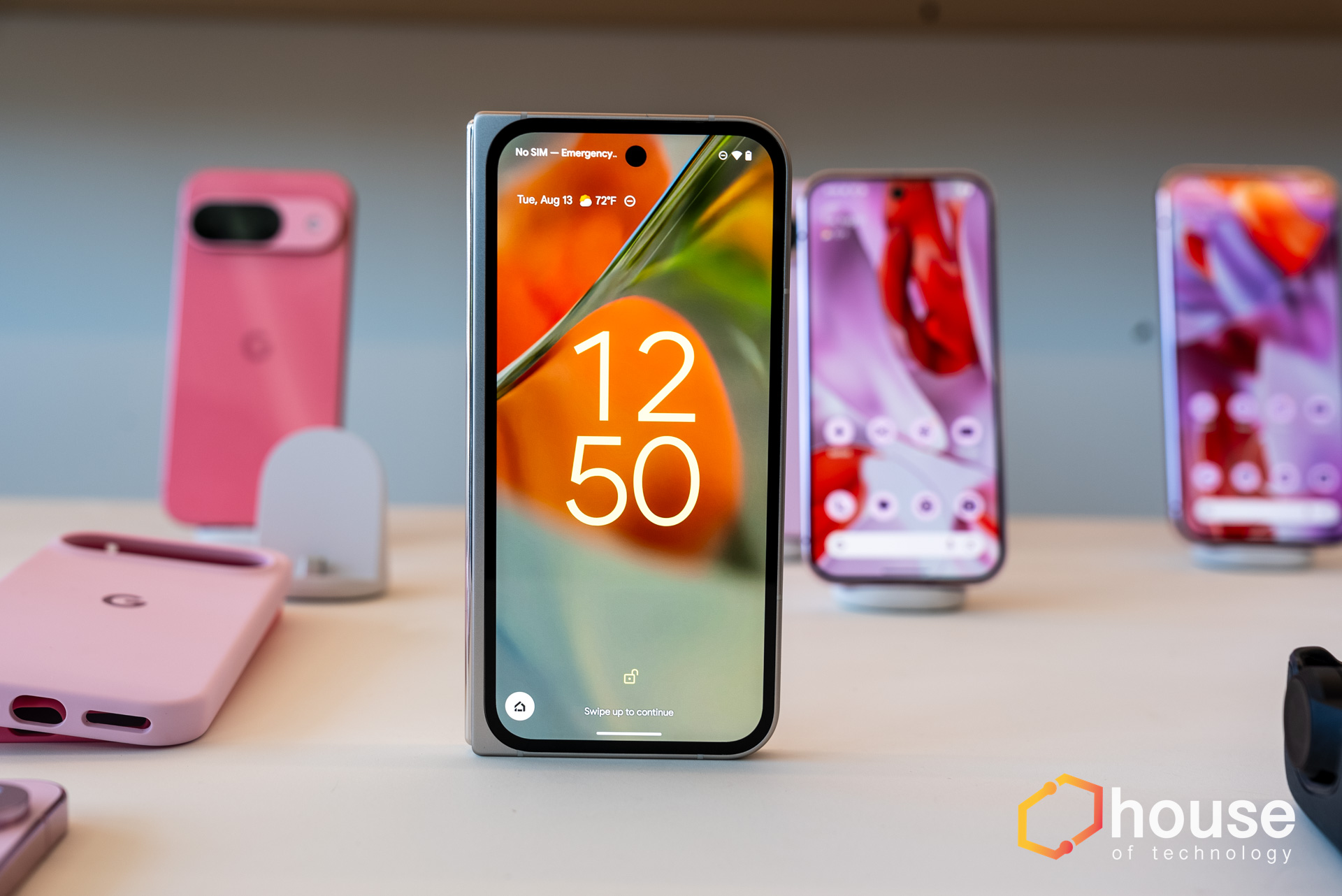
Then there's the Pixel 9 Pro XL. Things get a little confusing here, but the platform is the same. Technically, the XL is the follow-up to the previous Pro devices thanks to its large 6.8-inch display. The non-XL Pro is the smaller of the two and new for this year, but both make sense: the only differences are the screen size and the battery; everything else is identical.
Not sure which to buy? It's fairly easy:
- Pixel 9: the non-Pro experience at a non-Pro price
- Pixel 9 Pro: the Pro experience with the same sized screen as the regular Pixel 9
- Pixel 9 Pro XL: the big screen Pro experience at a nearly identical size to previous Pro devices.
That's not confusing at all, right? If you're unsure which to buy, comment or DM me, and I'll do my best to help!
The Pixel 9 Pro Fold proves that you should listen to customer feedback
From a paperweight in Gen 1 to one of the nicest experiences I've ever used
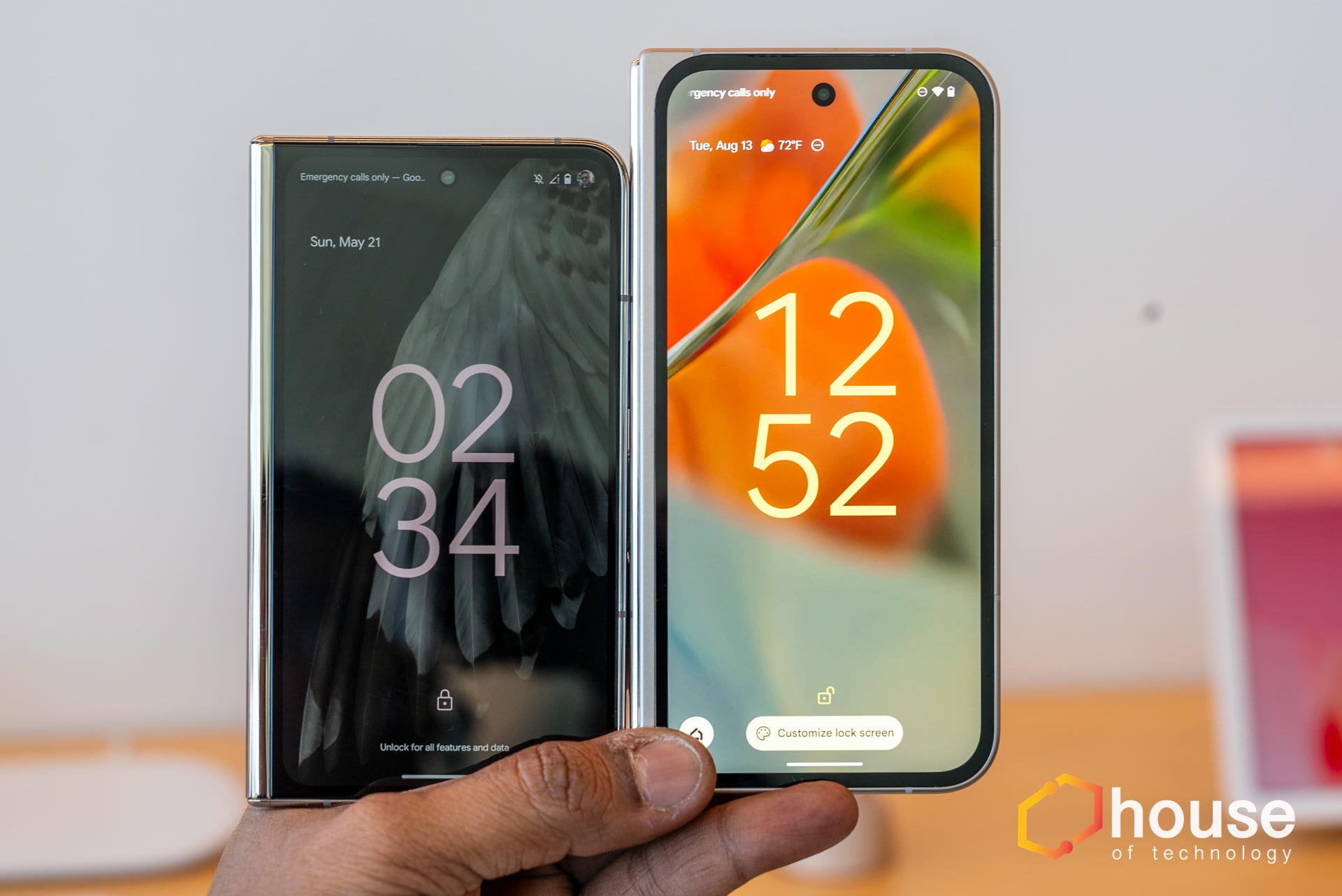
The original Pixel Fold was the ultimate conundrum: useful software features wrapped in poor hardware. To simplify it further, it quickly became a paperweight. 14 months later, it's a very, very different story.
The Pixel Fold 2 is a fantastic phone that addresses all my key complaints. The front display is now effectively identical in size to a Pixel 9 Pro. I’m working on a much deeper dive into the huge difference between these two devices, but one thing is already clear: Google listened to feedback, and the result is a phenomenal phone.
The Pixel Watch 3 has a few key changes
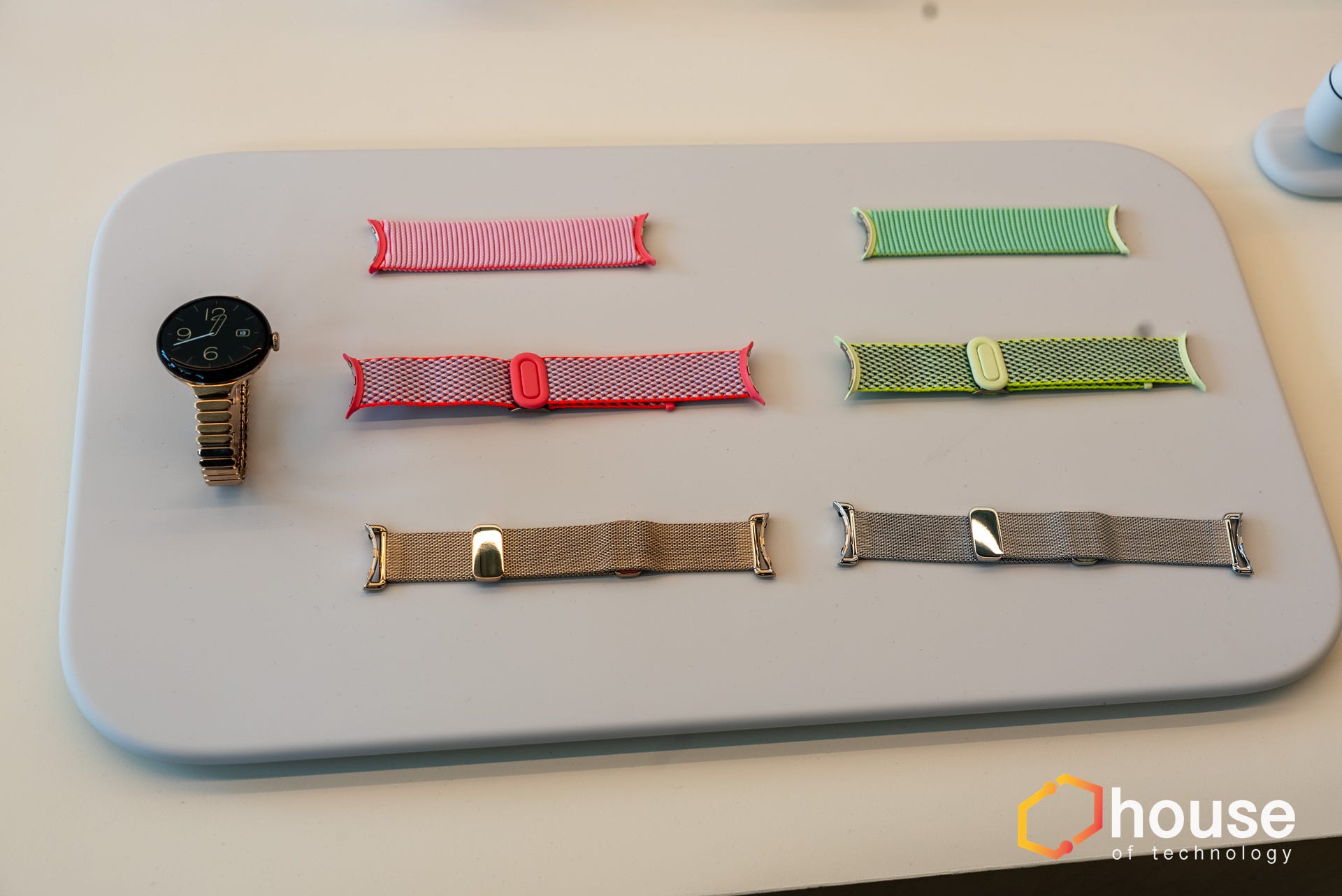
The Pixel Watch 2 is one of my favorite wearables as it has the most accurate heart rate tracker I’ve used on a smartwatch. That said, Fitbit Premium is not worth the money and I found the Pixel Watch 2 too small for my liking.
This changes with the Pixel Watch 3. It now comes in two sizes, has several new health features, and has big changes to Fitbit Premium. All of these solve the key issues that prevent me from using the Pixel Watch 2 as my predominant wearable.
First, Fitbit Premium. Many features, like Sleep reports previously hidden by a paywall, are now free. As I covered in my Fitbit Premium review for Android Police, these features are the bare minimum I’d expect, especially given that Samsung Health offers these features for free.
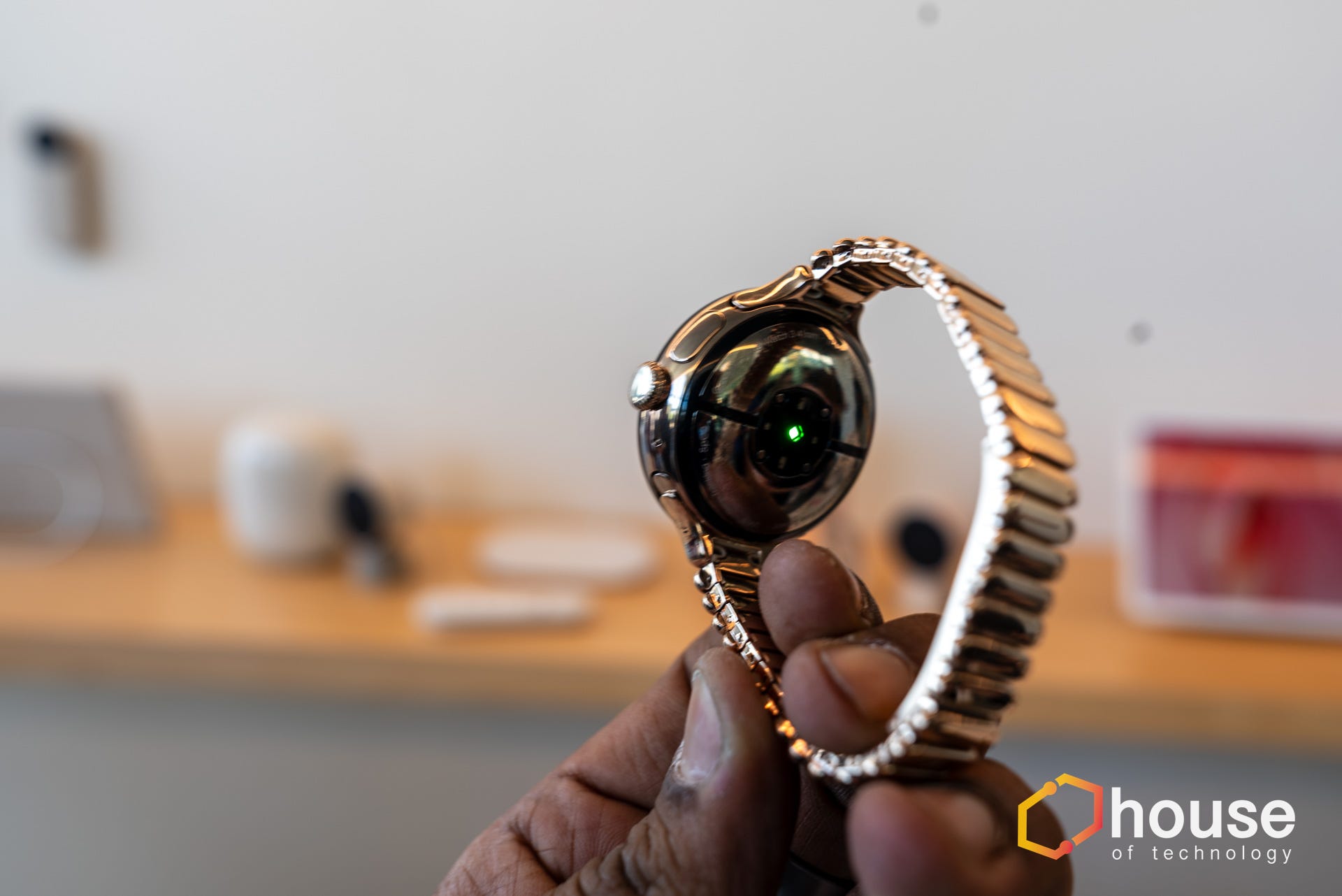
Next, the two sizes are 41mm and 45mm. Two sizes make the watches far more accessible for more people, and the bigger size is much more comfortable on the wrist.
Neither of these would be enough to make the Pixel Watch 3 a standout, but two new health features are extremely exciting for my personal health.
New Health features that could impact millions of lives

Google is offering three key health features with the Pixel Watch 3 this year: Daily Readiness, Cardio Load, and Target Load. The latter two are unique amongst wearables, and I want them to be available on all wearable devices.
Daily Readiness considers your activity, sleep, and heart rate markers to provide a score that helps quantify your readiness for the day ahead. This isn’t new for the industry and is on a range of devices — including those like the Galaxy Ring — but it’s new to the Pixel Watch.
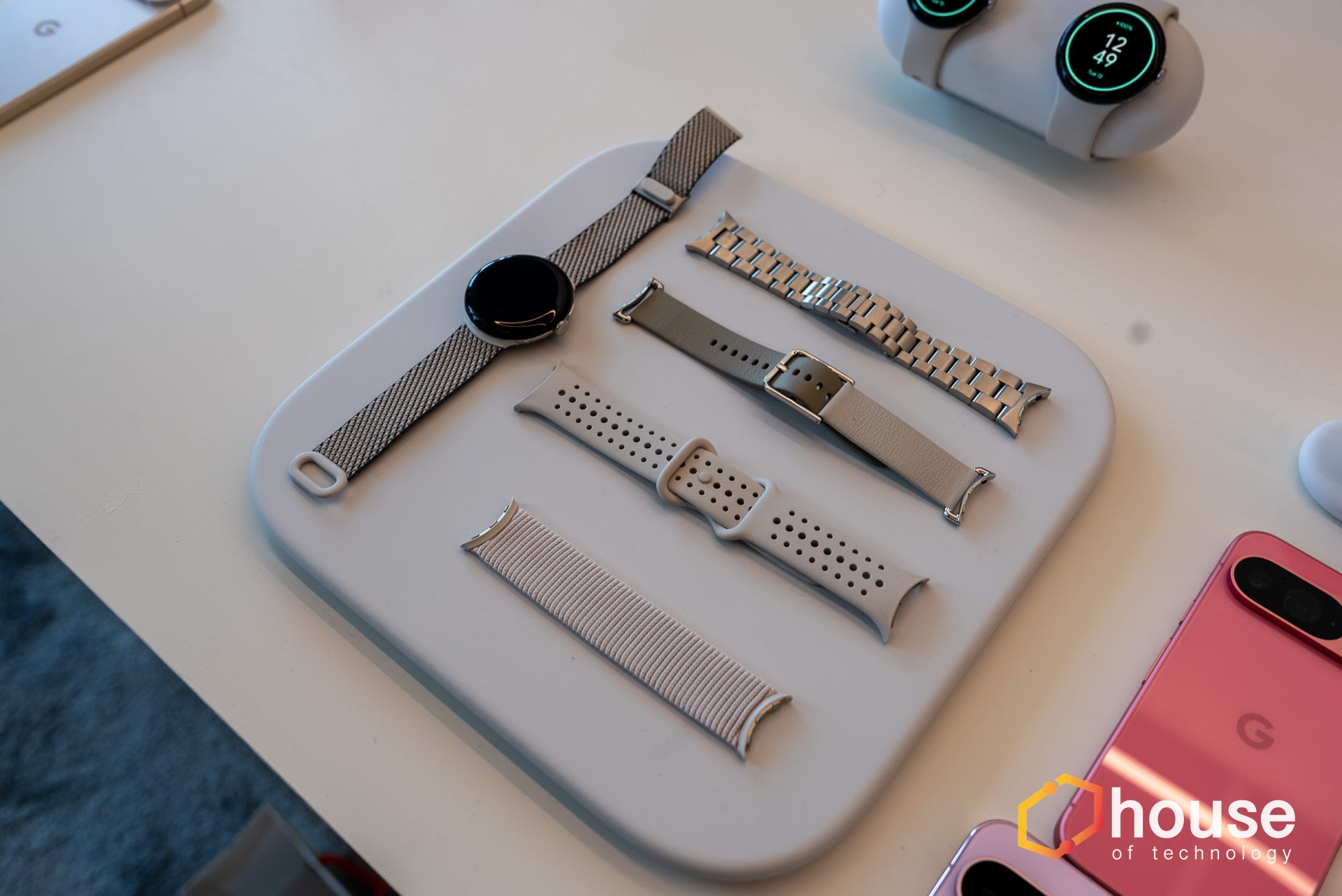
That’s not all: the Pixel Watch 3 is the first device with two new industry-first health features: Cardio and Target Load and Loss of Pulse Detection.
Cardio Load considers your biomarkers, personal health indicators, and the readings from the day before — including Sleep, Heart Rate, and activity — to help you understand how your heart is performing. It enables you to quantify the impact of your daily life on your heart, and Target Load gives you a specific goal to aim for. Google’s goal is to ensure you don’t push too little or too much and instead lead a balanced and healthy life.
This year’s most impactful health software feature?
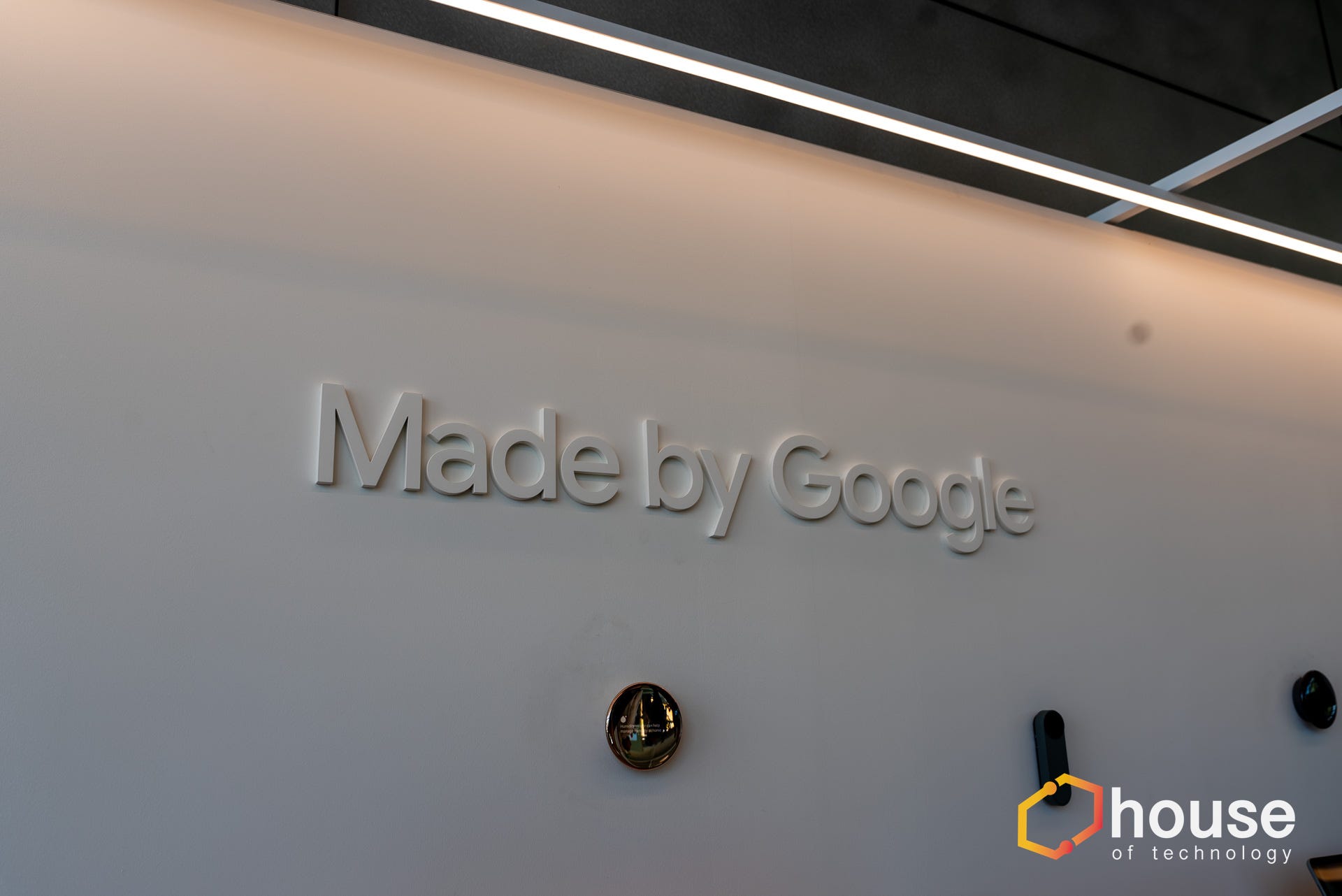
Loss of Pulse Detection could be this year's most impactful health software feature. When the Pixel Watch 3 stops detecting a pulse, it goes through a one-minute process to ensure that it’s not a false negative — including turning the biosensor readings up to the maximum and audibly prompting you to move — before alerting the emergency services.
This means if you or a loved one has health conditions that could result in your heart stopping overnight — as happened to me when I had my heart attack — you can be slightly more assured that the Pixel Watch 3 will get help as fast as possible. In a life-and-death situation, every second counts, and the Pixel Watch 3’s Loss of Pulse Detection feature could make all the difference.
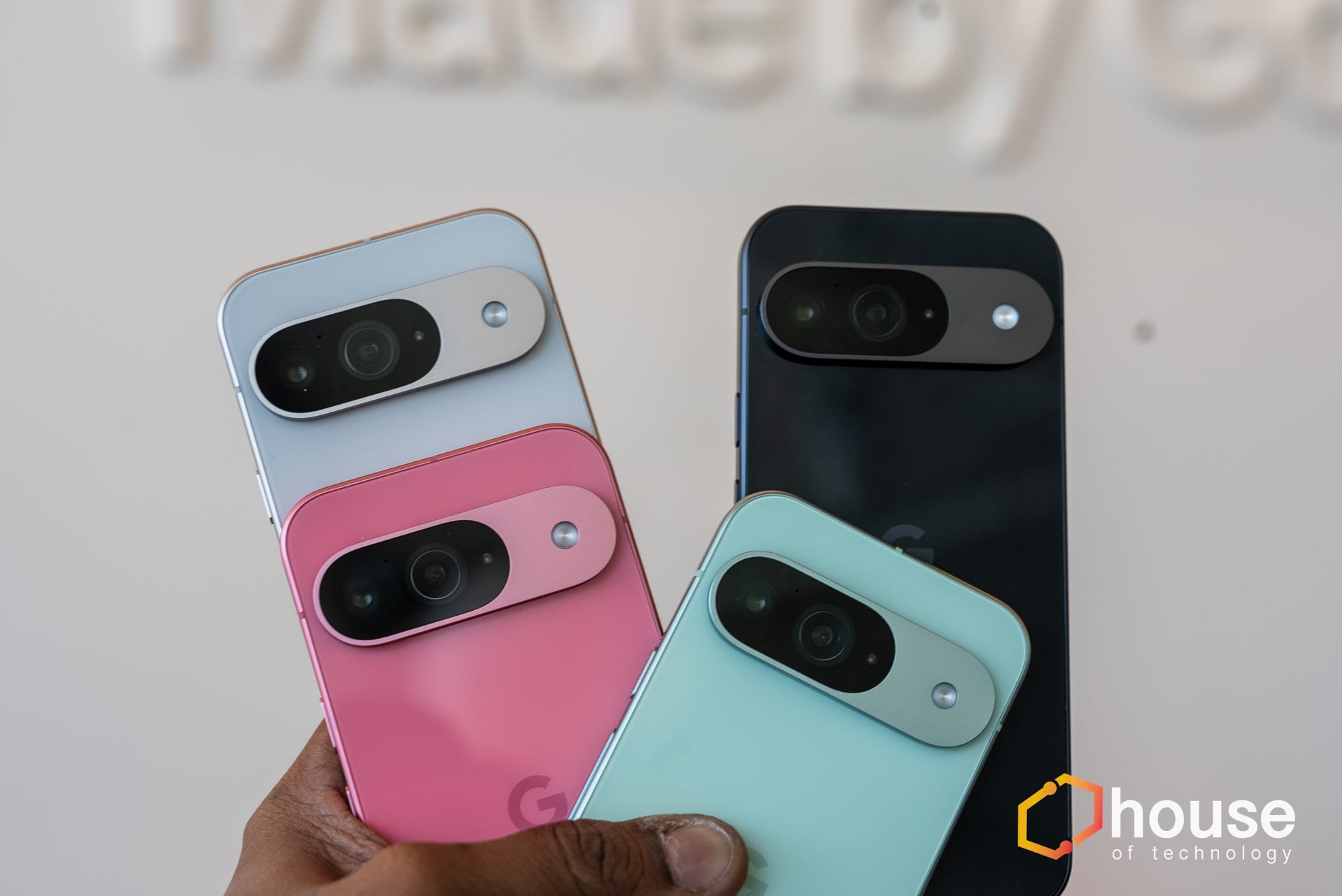
I live thousands of miles from my mother, who lives alone, and this one feature is why I plan to switch her from the Galaxy Watch 5 to the Pixel Watch 3.
I have much more to write about Google’s new devices, so stay tuned. For now, I’m very excited by this year's massive improvements, and I can’t wait to share more with you!
Impact by House of Tech is a reader-supported publication. To receive new posts and support my work, consider becoming a free or paid subscriber.

